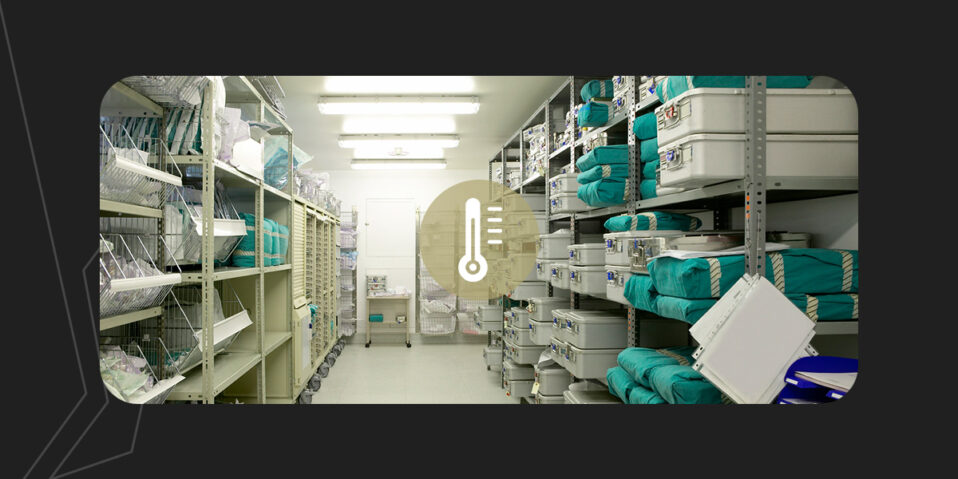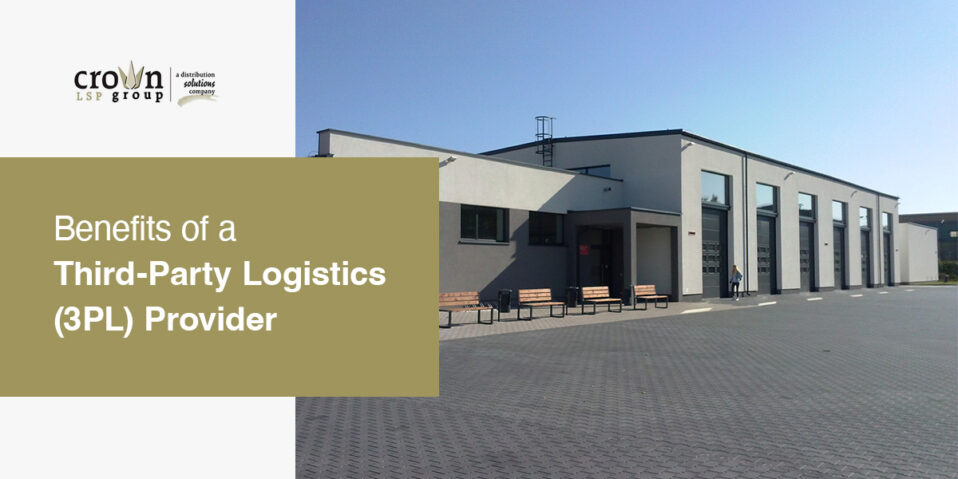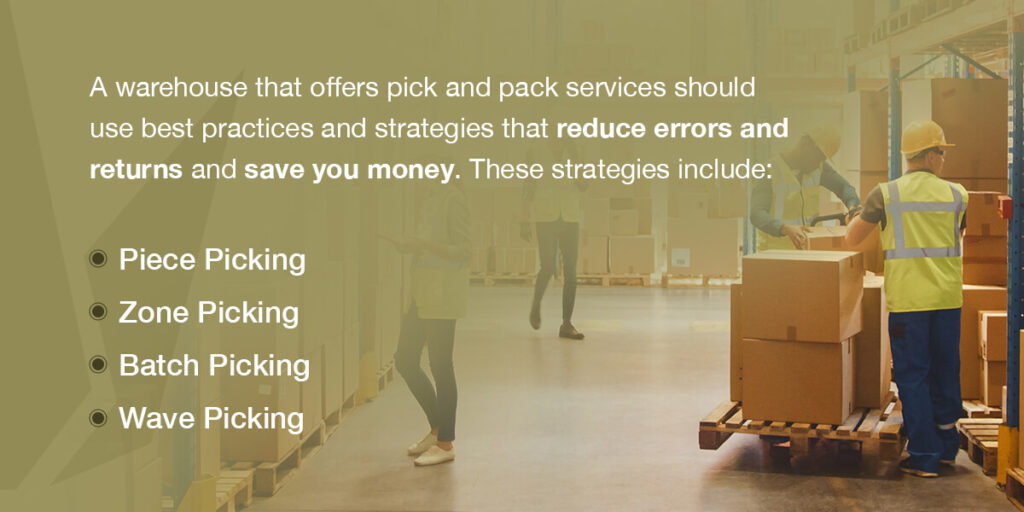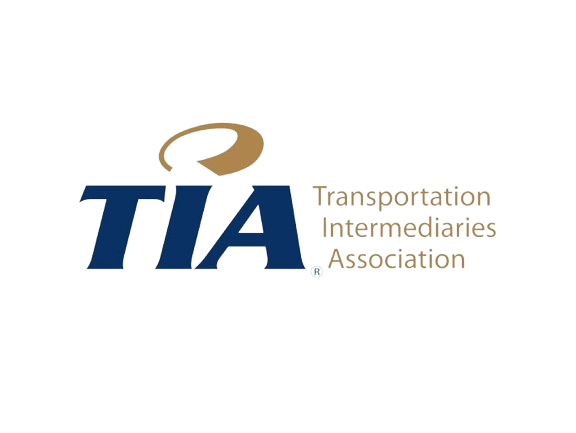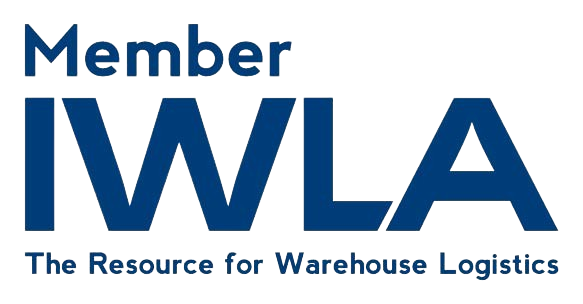Many industries, such as consumer packaged goods, see a hike in product demand during specific times of the year. During these periods, most businesses face the problem of storing products and fulfilling orders efficiently to match the increase in demand.
One effective solution to this issue is implementing strategies to scale warehousing to meet seasonal demand, such as adopting the services of third-party logistics (3PL) providers like Crown LSP Group. By leveraging our services, you can make the most of peak seasons.
Understanding Seasonal Demand and Its Impact on Warehousing
Purchasing behavior fluctuates throughout the year, with customers buying more during some periods and less in others. Several factors, such as industry-specific trends, weather changes or holidays, cause these fluctuations.
Seasonal demand variations result in changes in warehousing and distribution needs. During peak seasons, businesses must scale operations and increase stock to meet increased customer orders. If a company is unprepared for this surge, it will face a strain in its logistics networks, leading to stockouts and delays. On the other hand, if a business has excess inventory in low-demand seasons, it may face high storage costs.
Forecasting demand accurately and executing flexible warehousing and supply chain strategies can help you navigate different seasons. These measures can enable businesses to respond quickly to changes in consumer behavior, manage inventory efficiently and keep costs low.
Strategies for Scaling Warehousing Capacity
Businesses can implement the following strategies to help them increase warehousing capacity to accommodate seasonal demand:
Flexible Warehousing Solutions
Flexible warehousing solutions can benefit companies that need to respond to inventory spikes due to high product demand. 3PL providers offer flexible options, such as short-term storage, warehouse operations and logistics solutions.
Crown LSP Group is a reliable 3PL distribution and logistics solutions company. We provide short-term warehousing solutions as an ongoing solution or one-off service, depending on your needs. As a family-owned provider, we are dedicated to providing custom solutions that meet your business’s specific requirements, helping you streamline operations.
We understand how stressful running daily operations can be when there is a rising surge of materials, which is why we also provide comprehensive on-site warehouse operations services. We have qualified personnel to simplify the day-to-day management of your facility, allowing you to focus on running and growing your business.
Advanced Inventory Management Techniques
Implementing technology and data analytics improves inventory forecasting, allowing a company to prepare for seasonal demand. A business can apply techniques for optimizing inventory turnover and reducing excess stock or shortages, such as:
- Adopt lean inventory practices: Lean principles aim to maximize value by reducing waste and optimizing order quantities. They can help you strike a balance between customer demand and inventory levels, improving your efficiency.
- Implement just-in-time (JIT) inventory management: This inventory management approach involves receiving inventory only when a customer orders it and can help companies quickly respond to changing demand patterns. Businesses can minimize the risks of excess inventory and reduce storage costs by maintaining low stock levels and depending on frequent deliveries.
- Conduct regular inventory audits: Inventory audits allow you to better track your stock and identify obsolete or slow-moving products that lower your turnover rate. With this information, you can take appropriate action to resolve the problem.
- Eliminate obsolete inventory: Obsolete inventory items are those without customer demand. With data analytics, you can monitor product demand and develop strategies to reduce inventory levels before the items become obsolete.
- Automate stock replenishment: When planning stock replenishment, you can incorporate demand and supply variables to make your ordering accurate and avoid stock buildup. If you have inventory management software, you can also automate the reorder process for predictable products.
- Use batch and serial tracking: To simplify monitoring the movement of products through your supply chain, use batch and serial tracking. This approach helps you gain more control and broader visibility over your inventory.
Optimizing Warehouse Layouts
Optimizing your warehouse from the start is essential to ensuring its capacity to thrive throughout all seasons. Consider factors such as the type of products you’re storing and how the inventory will be moved and maintained in storage. Adjusting layouts to suit your processes allows you to maximize space utilization during high-demand periods. You should also aim to simplify material handling processes for smooth access and product retrieval.
Here are some other considerations when improving your warehouse layout:
- Create efficient order-picking paths.
- Label shelves and add signs that allow easy recognition.
- Design your warehouse to accommodate changes.
- Make use of vertical space by stacking products.
- Designate specific pick and pack zones.
An innovative tool, Crown LSP Group’s Warehouse Space Calculator, can also help optimize your warehouse storage. This user-friendly tool considers factors like warehouse utilization ratio, stacking height and pallet size to accurately determine your required square feet. When you enter your specifications, you will immediately receive an estimate of the space you need.
Leveraging 3PL Expertise for Seasonal Scalability
Outsourcing the services of 3PL providers, such as Crown LSP Group, can help a company effectively navigate seasonal demand surges. We enable you to maintain ample stock to accommodate seasonal demands.
With our long-term warehousing solutions extending several months to a couple of years, you can guarantee prompt access to your items when necessary. This solution works great for seasonal products that are meant to be available for a specific time but need storage before the date arrives.
If you need to store temperature-sensitive products, we can also help. It is essential to pick a provider with storage facilities equipped with units that can regulate temperature to prevent spoilage and maintain product quality during high-demand periods.
Our temperature-controlled warehouse solutions ensure a consistent temperature range to keep your temperature-sensitive inventory, like perishable goods, in good condition. Other solutions we offer include fulfilling orders and handling logistics to facilitate seamless, timely deliveries when your orders are coming in at high volumes.
Benefits of Effective Warehousing Strategies During Seasonal Peaks
There are several advantages to adopting effective warehousing strategies, including:
- Improved supply chain efficiency: Strategic warehousing solutions can improve order processing and delivery times and ensure accurate shipments. Businesses can also easily identify improvements by tracking turnover rates to boost efficiency even more.
- Reduced operational costs: Shipping products from the manufacturer directly for every customer order can be costly compared to storing products in a warehouse near your customer base. Furthermore, with shared warehousing solutions, businesses can save on storage costs.
- Enhanced customer satisfaction: A business that properly implements warehouse strategies can deliver products in a timely manner, meeting customer expectations and increasing their satisfaction.
- Enhanced inventory management: Streamlined warehousing allows companies to maintain optimal inventory levels, meaning they can capitalize on demand spikes by having easy access to their stock. 3PL providers offer specialized storage units for temperature-sensitive products, ensuring quality control measures.
- Increased cash flow: When product demand is high, a company can make more sales if it can meet these increasing orders. With proper inventory management, businesses can ensure they have items in stock, ready for a hike in demand during specific seasons. Fulfilling more orders keeps cash moving through the business.
Contact Crown LSP Group for 3PL Solutions
Businesses can increase profitability by implementing key strategies for scaling warehousing capacity when demand is high. Collaborating with Crown LSP provides optimal results. We are a 3PL provider dedicated to helping meet your warehousing and supply chain needs during seasonal demands.
With the right strategies and our services, businesses can gain a competitive advantage and satisfy their customers. Contact us today for more information about our services.

